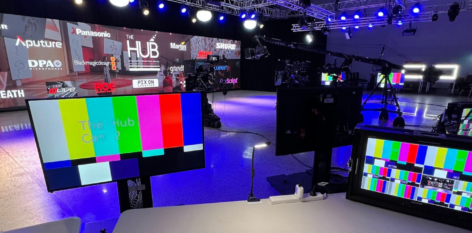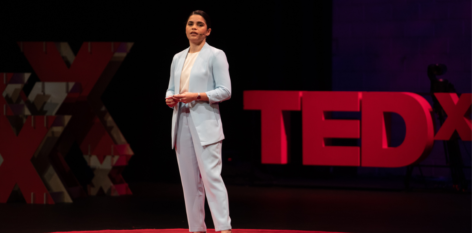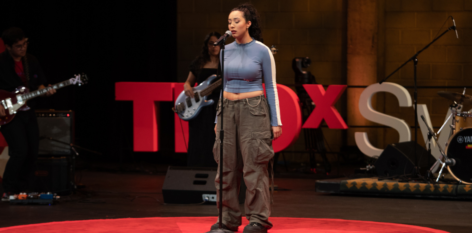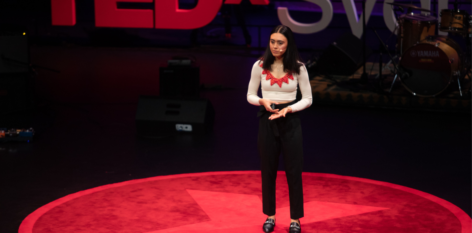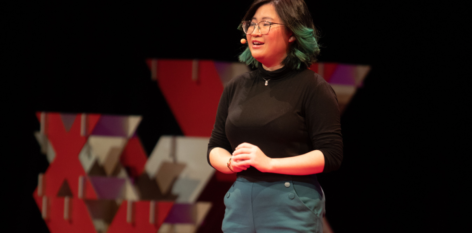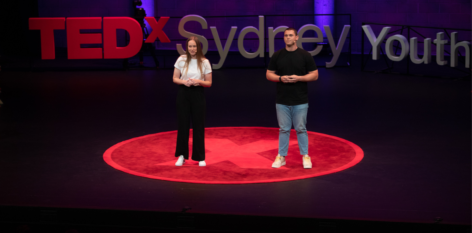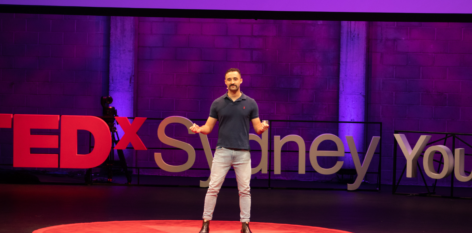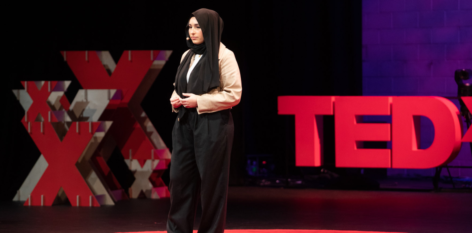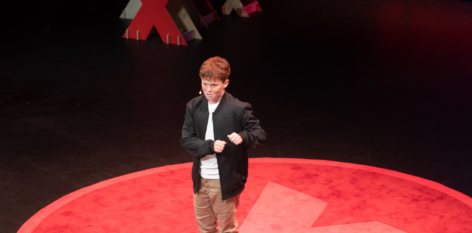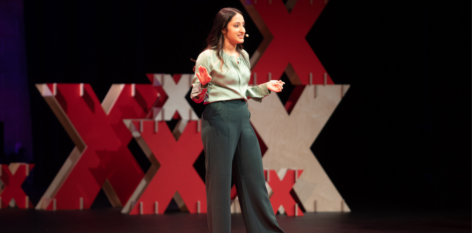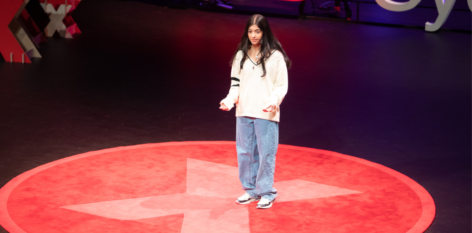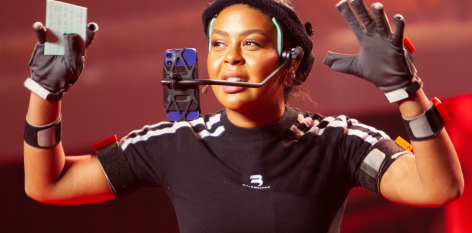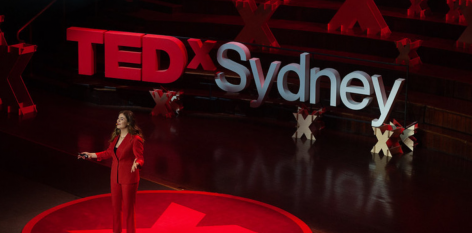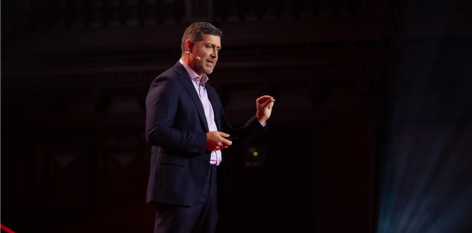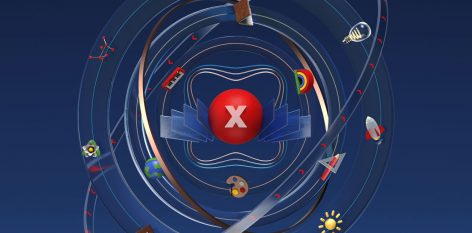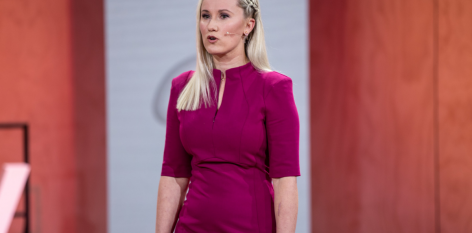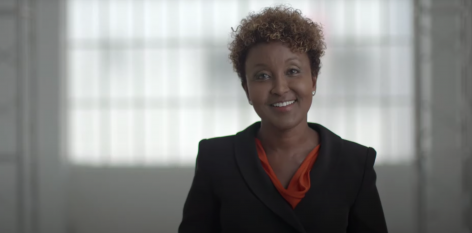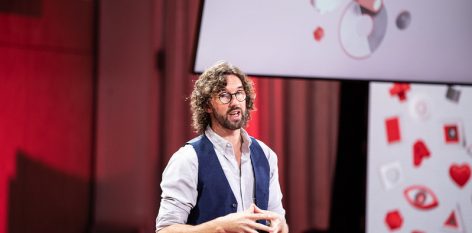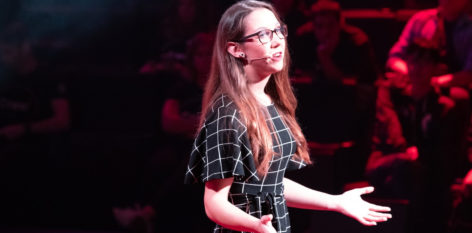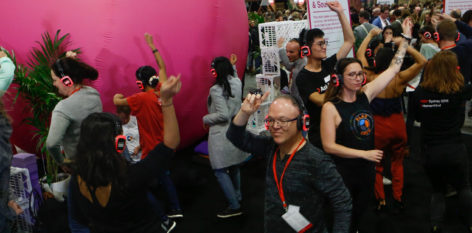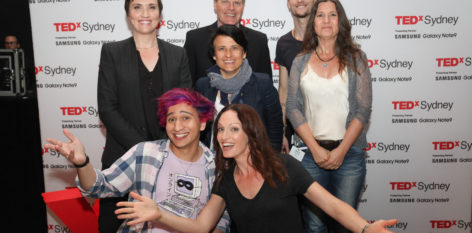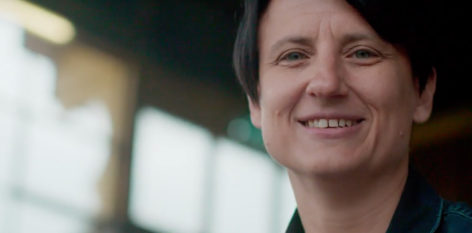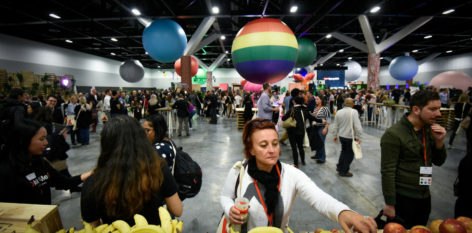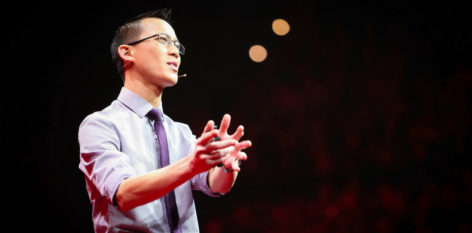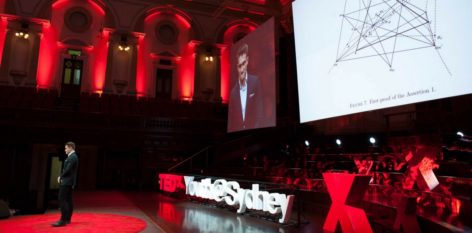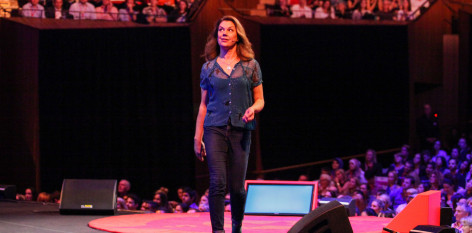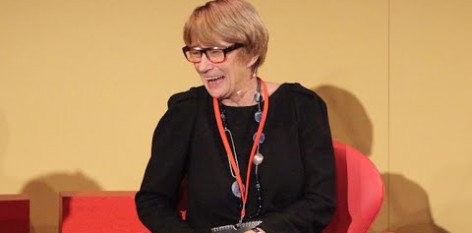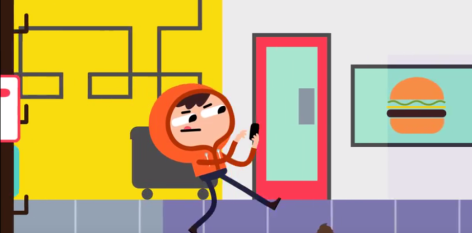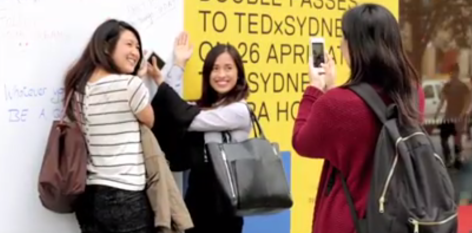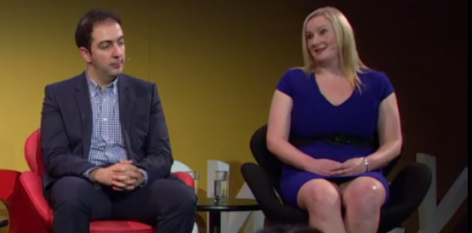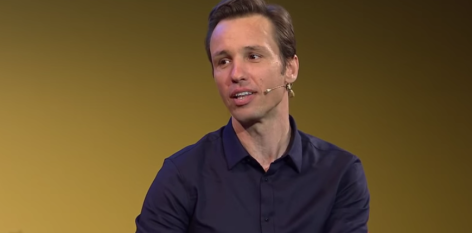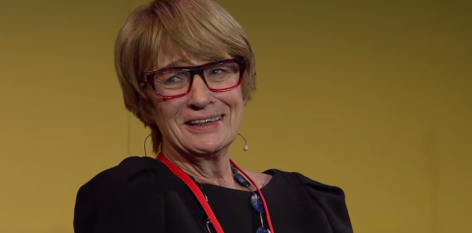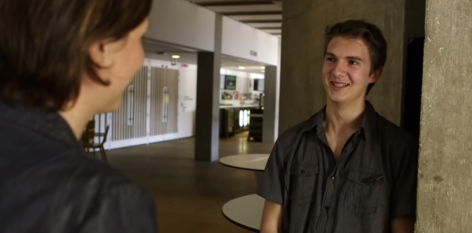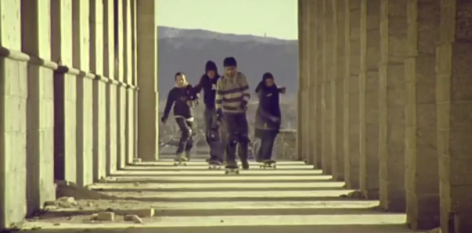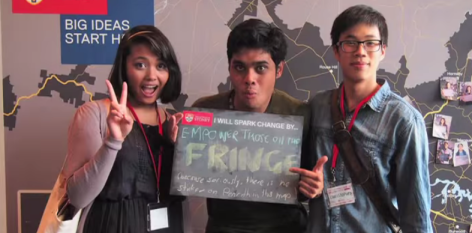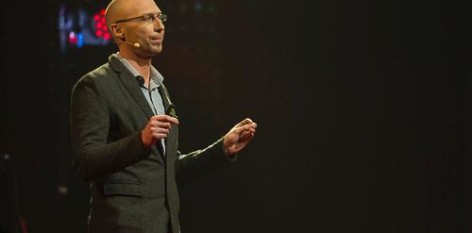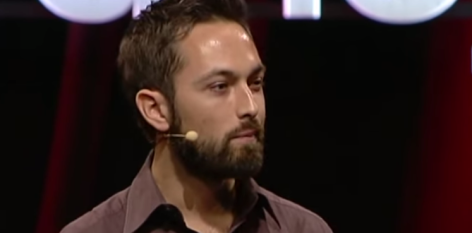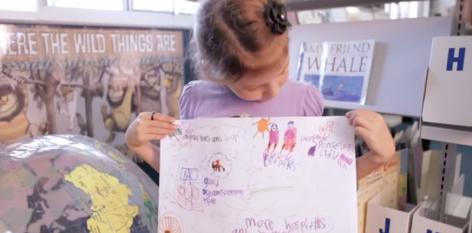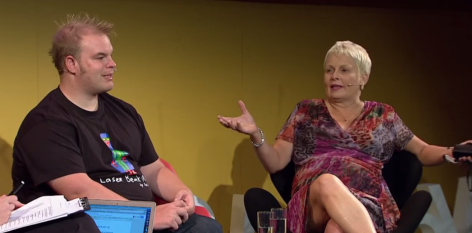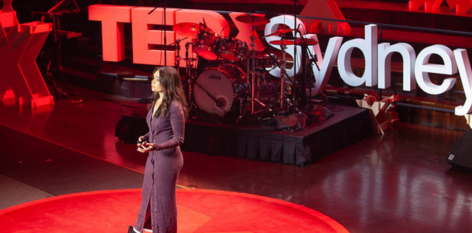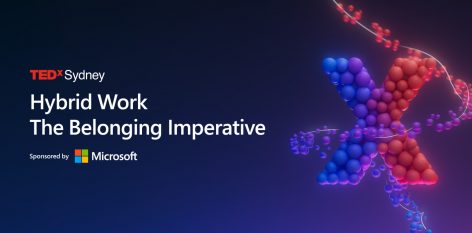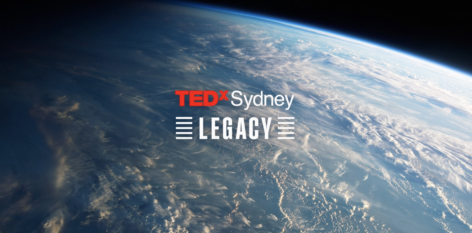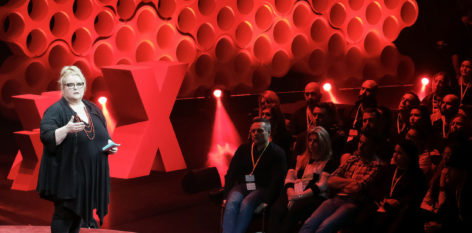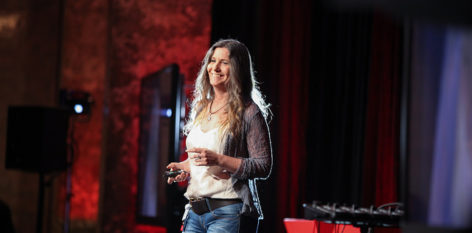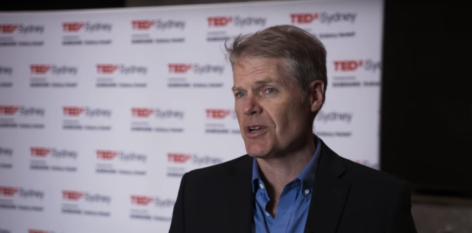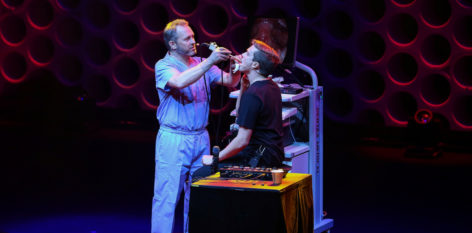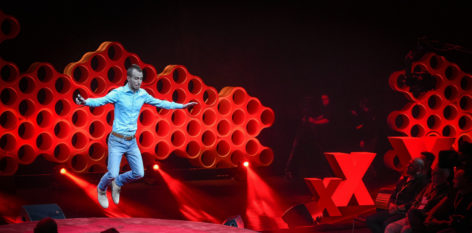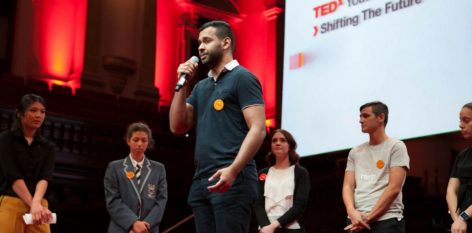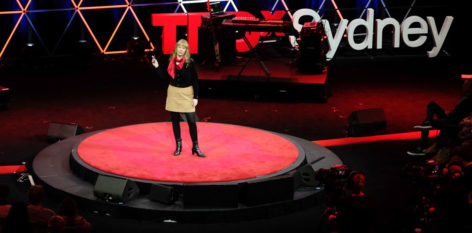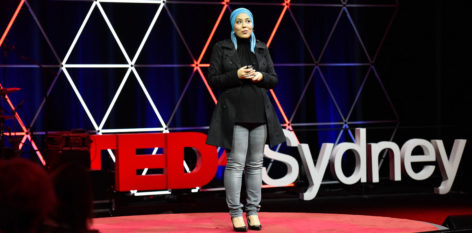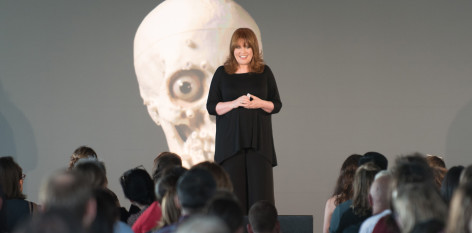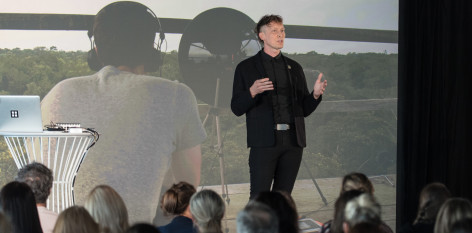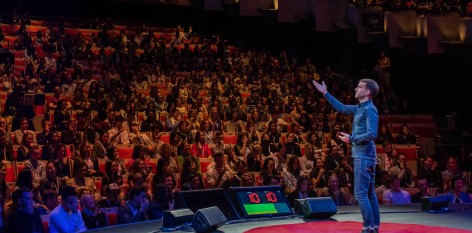As we continue to navigate through the turbulent waters of change we have all experienced (and continue to experience) in our lives, exploring what is possible and what is no longer possible seems more appropriate now more than ever.
Looking to the future, exploring what innovations are just around the corner and what stories of ingenuity and resilience we can learn from, education and technology are at the forefront of change and innovation and worthy of taking a closer look at some of the changes being debated and adopted.
In the early stages of the pandemic, education experts were coming together to examine the impact of the pandemic on the future of education.
Three things stood out as a group of principals representing schools across the five boroughs of NYC were asked to share their observations based on research gathered before the pandemic to mid 2020.
- Home to school connections and genuine interest in learning and respect of teachers by parents has never been stronger nor closer.
- The ability for students to apply a growth mindset, noticed by parents in a variety of (difficult) situations, has left parents astounded.
- Learning management systems that have been developed and refined well before COVID-19 have enabled a near seamless transition to remote-learning and in many cases enabled those students who have struggled to be engaged during on-site delivery to excel.
Whilst we have seen a return of remote-learning here in Australia, other countries such the UK and the US are expecting students to return to on-site learning over the coming weeks and for the first time since the pandemic began.
So what does that mean for education systems, teachers, parents and students? Does it mean a ‘return to normal’? Or have those initial observations led to a ‘new normal’?
According to Ray Kurzweil, one of the world’s leading inventors, thinkers, and futurists, with a thirty-year track record of accurate predictions, we’re going to experience twenty thousand years of technological change over the next one hundred years. Essentially, we’re going from the birth of agriculture to the birth of the internet twice in the next century. COVID-19 just happens to have appeared at a time of great (technological) convergence.
From a macroscopic perspective, education has two main issues – quantity and quality. While economical, a teacher preaching to a classroom, or in the age of COVID – to a screen full of student faces, tends to divide pupils into two dispirited groups: those who are lost and those who are bored.
This problem has been compounded by COVID-19 where teachers are (still) being forced to ‘teach to the test’ to ensure the ‘loss of learning’ can be tracked. This prehistoric approach is both an industrial hangover and an educational disaster because of basic biology. Everyone is wired differently!
So what does this mean for education systems, teachers, parents and students? It highlights that there is no going ‘back’ to normal. There is only forward.
Looking at the initial observations made by teachers and educators as the pandemic commenced and monitoring how things have progressed some interesting changes are occurring:
- The closing of the ‘great divide’ between the home and school environments has led to the emergence of micro schooling pods in order to combat the undesirable option of having to return to on-site learning if one chooses not to return
- The natural dispositions of young minds to remain resilient and self-reliant has led to the emergence of either startups or established companies pivoting to self-paced learning provisions in a way that promotes micro credentialing to help fill the void for the growing number of unskilled workers
- The somewhat successful but still disjointed nature of learning management systems (LMS) and learning applications has led to the rise of the metaverse; a collective virtual shared space including the sum of all virtual worlds and the Internet to deliver a learning paradigm.
Currently there are 263 million children across the globe who lack access to basic education. Moreover, by 2030, UNESCO estimates that the number of teachers needed will be a massive 69 million, worldwide. In an age where anything is possible the time for doing something about it is right now.
Knowing that this convergence of technology within education is set to accelerate a host of new solutions (to the challenges of quality and quantity) is incredibly exciting and we look forward to watching accelerations in technology support the changes in education as we look to the future.













